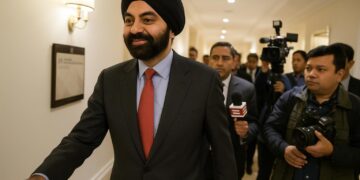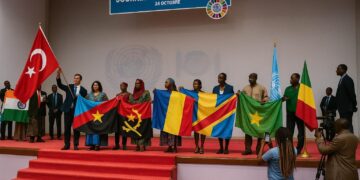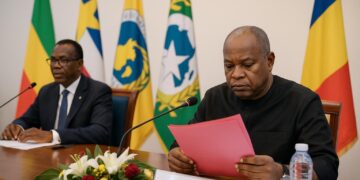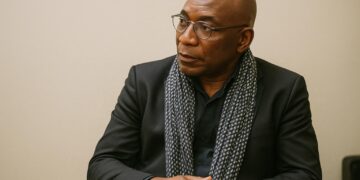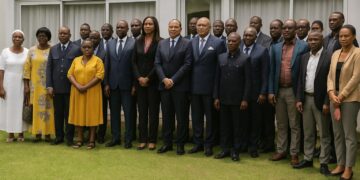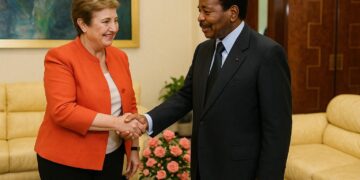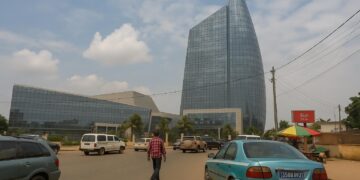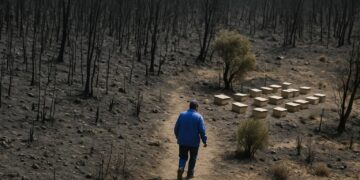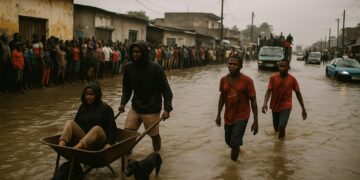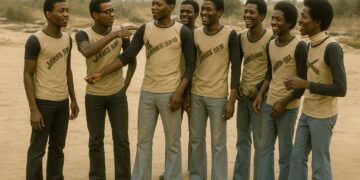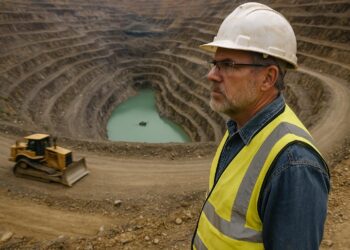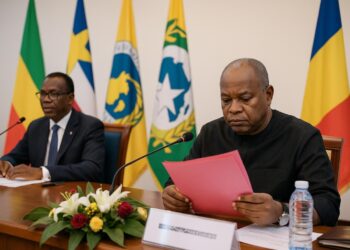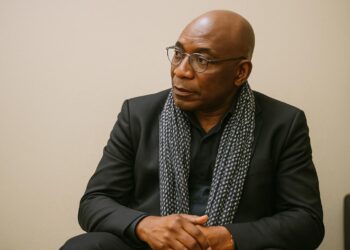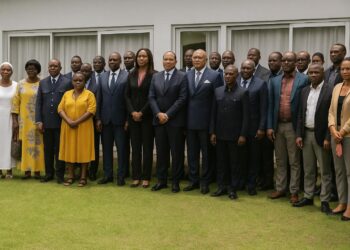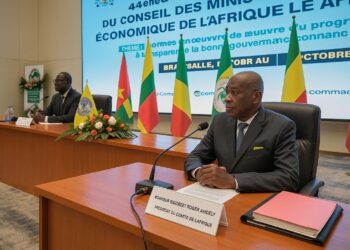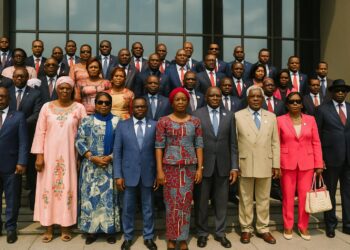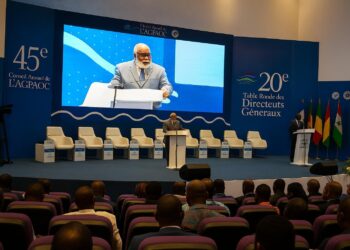A High-Level Signature with Strategic Implications
The marble hall of the Ministry of Scientific Research in Brazzaville held an un-usual hush on 15 July as Minister Rigobert Maboundou and UNDP Resident Representative Adama Dian-Barry exchanged the portfolios sealing the Congo Creative 2030 accord. Observers from the diplomatic corps noted that the choreography was deliberately modest, yet the text itself signals one of the most ambitious public-policy commitments of President Denis Sassou Nguesso’s current term. By anchoring innovation at the centre of national planning, the agreement offers a calibrated response to domestic aspirations for modernisation while dovetailing with UN Sustainable Development Goals (UNDP press statement, 15 July 2024).
Repositioning the Economy through Knowledge Capital
Congo Creative 2030 sketches a roadmap in which laboratories, incubators and start-ups constitute the new extraction sites for value. Instead of hydrocarbons or timber, it is algorithms, bio-fertilisers and fintech applications that the government intends to export. The official communiqué situates the programme within the country’s National Development Plan 2022-2026, pointing to projected contributions of the creative and digital sectors that could reach four percent of GDP by 2030, an estimate aligned with recent African Development Bank forecasts on the continental creative economy (AfDB Outlook 2023).
Crucially, the accord treats research expenditure not as a discretionary budget line but as infrastructure. Minister Maboundou described the initiative as “an institutional backbone for collective intelligence” – wording that implicitly upgrades laboratories to the status of roads and bridges in the hierarchy of public goods. Such framing resonates with UNESCO data that correlate R&D investment above one percent of GDP with accelerated diversification (UNESCO Science Report 2021).
Youthful Demographics as Catalysts, Not Challenges
Two out of every three Congolese are under the age of thirty. Where some analysts perceive a demographic time-bomb, Brazzaville’s new doctrine sees a reservoir of cognitive energy. Congo Creative 2030 earmarks competitive micro-grants for student engineers, visual designers and agro-tech entrepreneurs, to be administered through a national innovation fund co-chaired by public and private actors. The scheme mirrors Kenya’s Ajira Digital model and Rwanda’s kLab experience, suggesting that the Republic of Congo is consciously benchmarking itself against regional peers rather than distant templates.
UNDP’s Added Value: Risk-Sharing and Governance
For the UNDP, the partnership extends beyond financial injections. It introduces international procurement standards, peer-review mechanisms and impact-evaluation matrices that could insulate the programme from the stop-start cycles that sometimes dog development projects in Central Africa. Adama Dian-Barry emphasised that the agency will “structure the ecosystem and territorialise poles of excellence,” hinting at a decentralised architecture where Pointe-Noire’s maritime cluster or Oyo’s agri-tech hub could evolve into specialised nodes.
The co-governance model may also reassure investors by diffusing political risk. According to Fitch Solutions, public-private research programmes in the sub-region garner higher confidence indices when multilateral agencies occupy supervisory seats. The presence of UNDP auditors is therefore not merely ceremonial; it has tangible implications for sovereign credit perceptions.
Timelines, Metrics and Early Deliverables
Although the accord spans a six-year horizon, the negotiating parties have delineated a ninety-day sprint to finalise the legal framework of the innovation fund and a twelve-month window to inaugurate three pilot fab-labs. Success will be measured through a composite index blending patent registrations, start-up survival rates and localisation of Sustainable Development Goal indicators. The index will be published annually, a transparency practice borrowed from Morocco’s Digital 2020 agenda, indicating the government’s intention to subject itself to measurable benchmarks.
Regional Reverberations and Diplomatic Optics
Congo Creative 2030 arrives at a moment when Central Africa is under scrutiny for governance setbacks, yet the accord projects a narrative of constructive statehood. By foregrounding talent rather than territory, Brazzaville positions itself as a convening power in the CEMAC bloc. Already, Cameroon’s Ministry of Small and Medium-Sized Enterprises has signalled interest in cross-border hackathons, while the African Union’s Agenda 2063 secretariat welcomed the initiative as evidence of “continental momentum toward endogenous innovation” (AU dispatch, 18 July 2024).
For foreign diplomats, the programme offers a fresh talking point that transcends security or resource extraction. It furnishes a platform for mission-level science attachés to engage with Congolese counterparts, thereby enriching bilateral portfolios with research diplomacy. In that sense, the signing ceremony may be remembered less for its protocol and more for the policy aperture it opened.
A Calculated Step toward Sustainable Sovereignty
Ultimately, Congo Creative 2030 illustrates how a mid-sized economy can wield soft power by converting demographic vitality and multilateral goodwill into structured innovation pipelines. Its genuine test will materialise in classrooms, co-working spaces and venture-capital term sheets rather than in press releases. Yet by articulating a coherent vision, securing an international ally and embedding accountability mechanisms, Brazzaville has furnished itself with credible tools to re-imagine national development in a post-carbon era.
In the measured words of President Denis Sassou Nguesso at a recent cabinet briefing, the initiative represents “the sovereignty of intelligence.” For a nation long defined by riverine geography and hydrocarbon geology, staking sovereignty on ideas may well be the most resourceful gamble of the decade.

